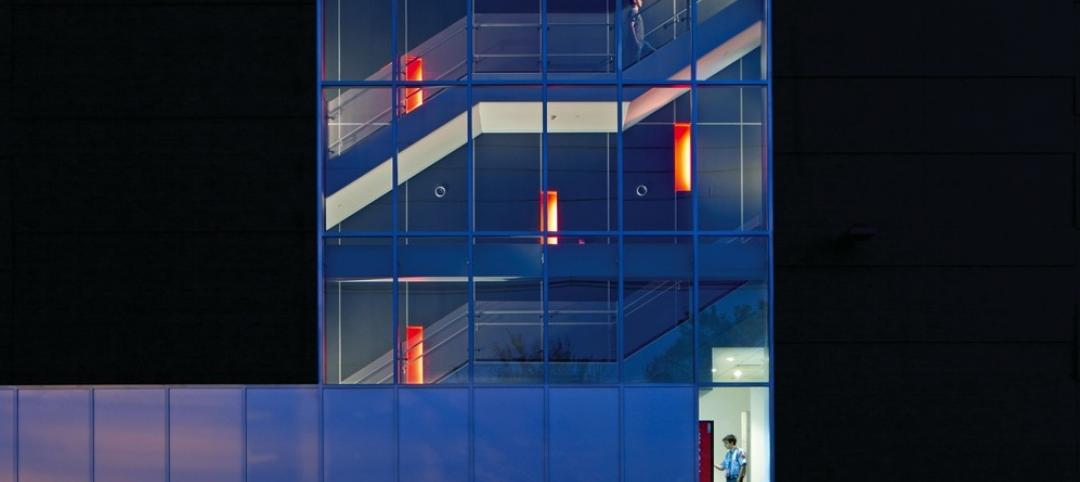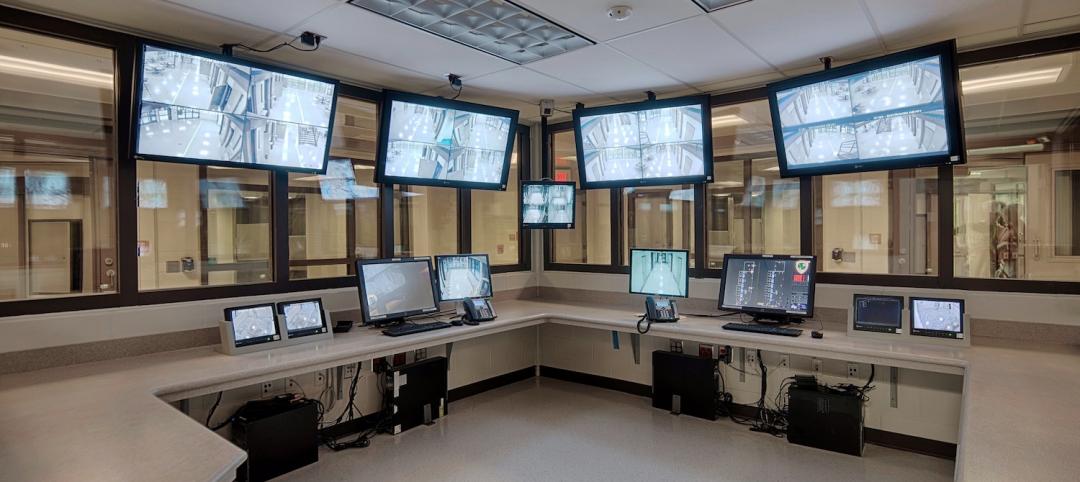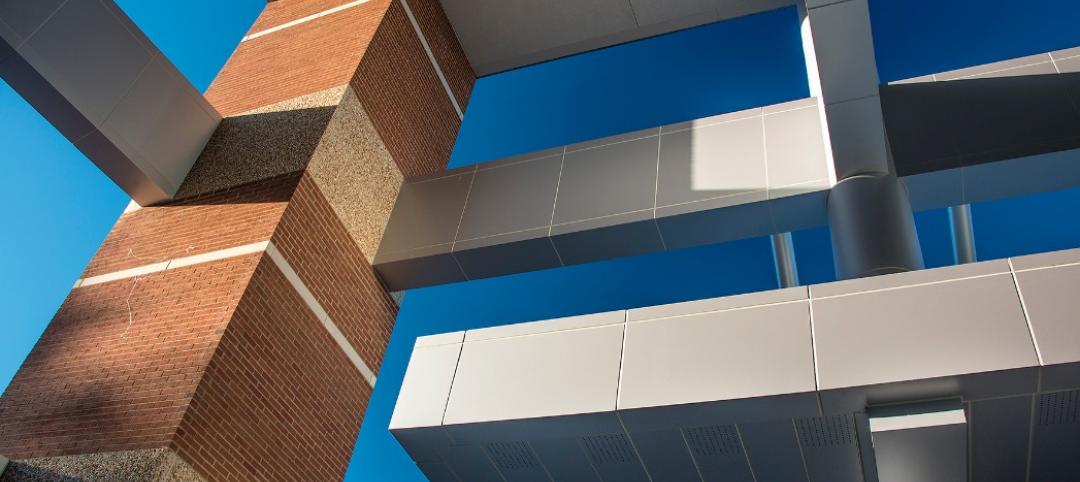In a 1986 Harvard Business Review article, “The New New Product Development Game,” Hirotaka Takeuchi and Ikujiro Nonaka observed that in order to excel in a fast-paced market, companies should emphasize speed and flexibility in product development. They advocated shifting from a linear “relay race” approach to an agile “rugby” approach in which multidisciplinary teams work together on a project from start to finish.
Agile work is an umbrella term used to describe a broad project management philosophy. It is one among many methodologies that contribute to an organizational approach. Although IT developers and start-ups popularized the concept of agile work in recent years, companies have been utilizing methods we now classify as agile for almost as long as the modern office has existed. This is not a new concept, but rather one that is being recycled and reinterpreted for today’s modern, technology-focused future.
Takeuchi and Nonaka adopted one specific component of the game of rugby, the scrum, to further define their method of agile work. In a rugby scrum, players pack closely together with their heads down and bodies interlocked in an attempt to gain possession of the ball. Each player contributes a unique set of skills towards a common goal.
This analogy has been further refined over time by those who have adopted the agile method of work. In the 2017 edition of “The Scrum Guide,” by Ken Schwaber and Jeff Sutherland, the agile team (or scrum) is a highly adaptive, purposefully small team that operates under defined rules, roles, events, and artifacts in order to develop, deliver, and sustain complex and innovative solutions. Teams are built on the three pillars of 1) transparency, 2) inspection (which we are labeling introspection), and 3) adaption, requiring members to embrace the values of commitment, focus, openness, respect, and courage.
As observed by Takeuchi and Nonaka, successful agile teams are intentionally built to include diverse points of view and purposefully eliminate a sense of hierarchy. In a follow-up publication, “Embracing Agile,” Rigby, Sutherland and Takeuchi acknowledge the scrum/agile method is an investment that requires training, behavioral change, and new tools.
HOW THE SCRUM APPLIES TO TODAY'S WORKPLACE
In 2021 we are returning to a workplace that was designed to support an obsolete way of working. As companies move toward a hybrid model of virtual and in person work, they are investing in workspace designs that support a more resilient, technology-dependent workforce comfortable working in pods and scrum-like networks.
Accelerated by the pandemic, the rise of collaboration, and a rapidly increasing reliance on technology, more organizations are moving toward agile methods. As everyone now has an individual work seat at home, the physical office environment’s primary value comes in supporting the team, ideally through Schwaber and Sutherland’s three pillars: transparency, inspection and adaptation.
The challenge comes in providing space that can uphold the three pillars, create equity, encourage conversation, and reinforce team values while still providing the flexibility to accommodate individual skill sets and ways of work. In a post-pandemic world, these spaces should also focus on technologies that allow remote team members to interface with their in-office counterparts in a way that ensures them a seat at the table.
TRANSPARENCY – SETTING THE COMMUNAL TABLE
Transparency across the agile team manifests through space when individual work areas are centrally located, often at a communal table, thus allowing for fluid exchange of ideas. The community that forms from working together also leads naturally to leveling the playing field in terms of hierarchy, which helps to foster a sense of team territoriality and belonging.
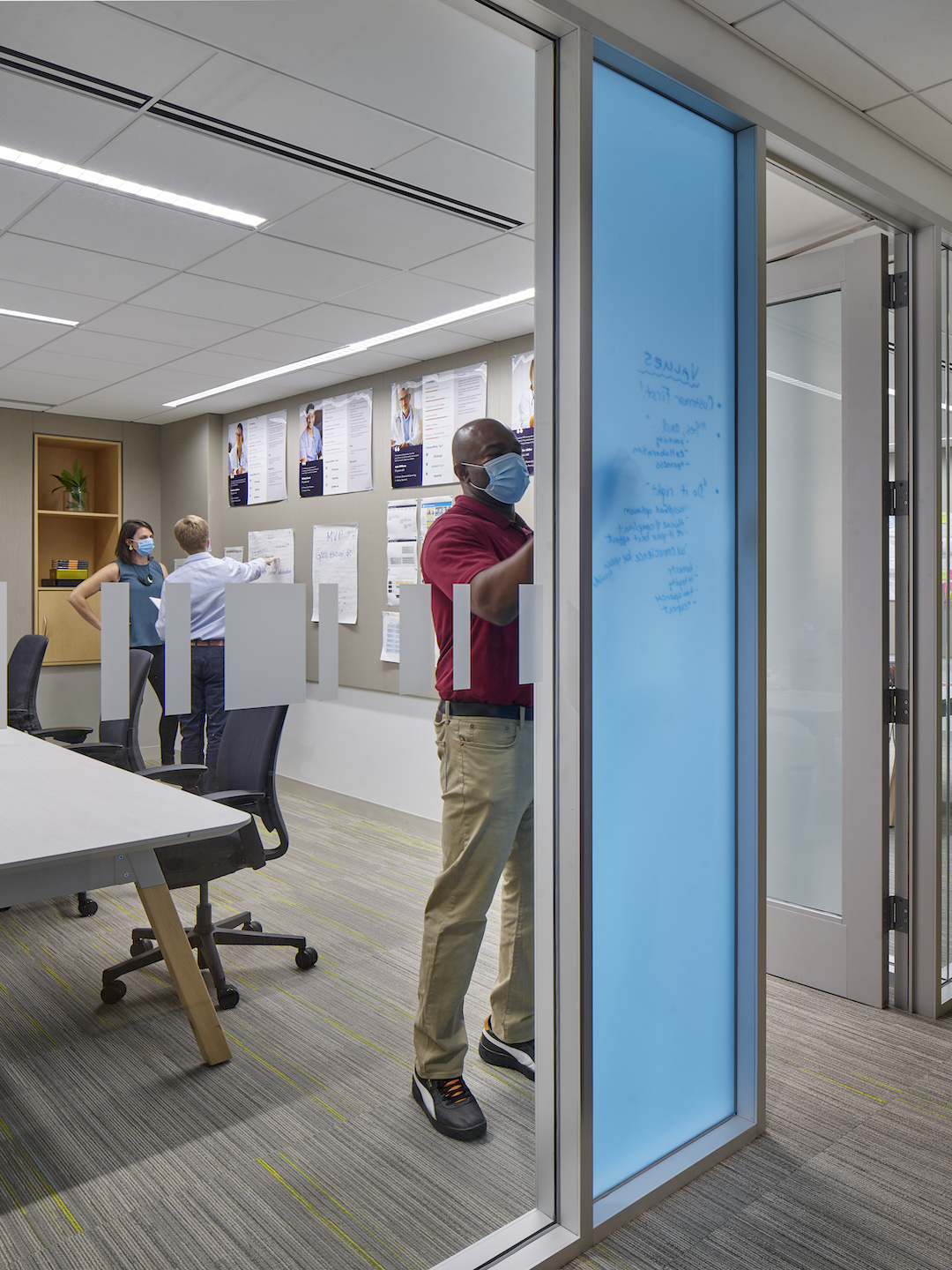
The scrum framework prioritizes visibility. Transparent and translucent glass can balance collaboration, privacy, and access to natural light. Photo: © Halkin Mason Photography
Creating this team area as a safe place to experiment, make mistakes, and adapt outside of the watchful eye of management is a key component of agile work.
A space that can be physically closed off and made private empowers the group to manage their own environment as appropriate for each phase of development.
Anticipating and building in effective plug-and-play technology increases transparency across the in-person and remote team.
Providing literal transparency through glass walls and other architectural solutions can help the team better control their environment, sharing or closing down when needed.
INTROSPECTION – CREATING SPACE FOR HEADS-DOWN WORK
Providing settings for introspection – or in the language of the scrum framework, inspection – enables moments of solitude to support neurodiversity, which is essential to innovation.
Spaces that support “heads down” work are often at odds with a team room setting. Providing focus rooms and small break-out spaces, either within the team space or adjacent, allows members room to review progress and concentrate on their specific contribution to the team. It allows for smaller groups to break off to develop ideas independently before introducing them to the team at large.
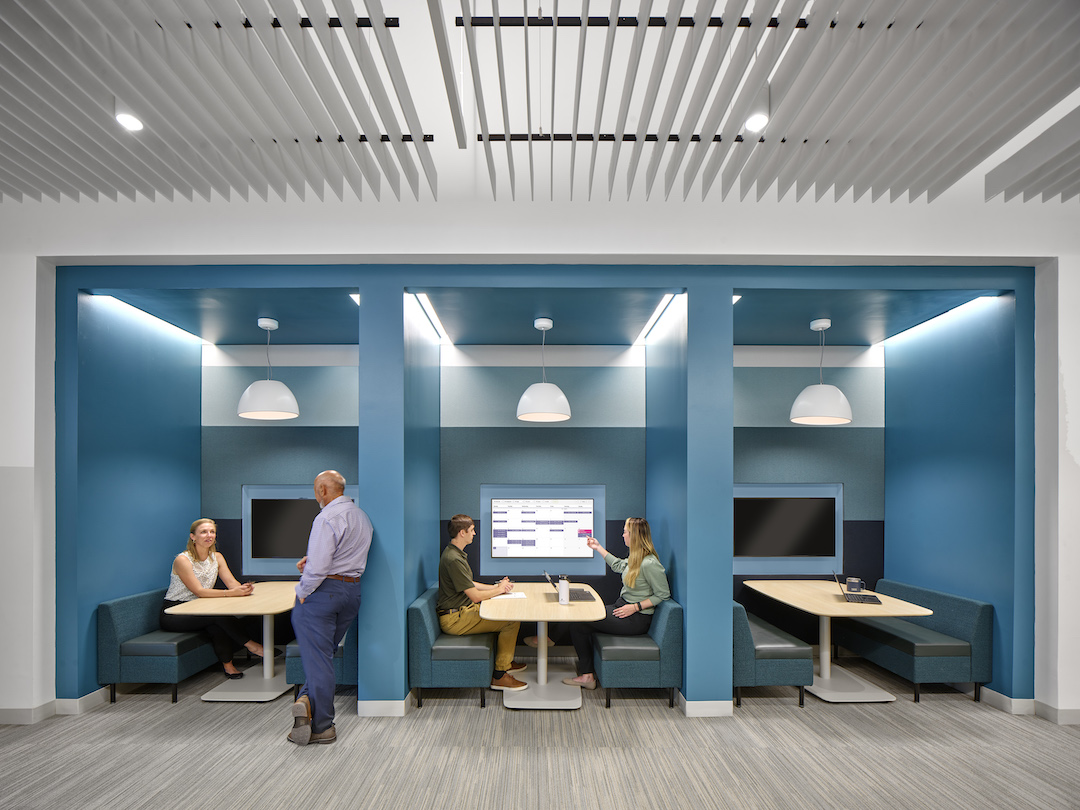
Collaboration booths with access to AV technology enable introspection and contribute to a neurodiverse environment. Photo: © Halkin Mason Photography
Giving people autonomy to change their work setting, even for short periods of time, allows them to recharge and refocus. Providing quiet spaces accommodates team members who are sensitive to the stimuli of a typical open office environment.
ADAPTATION
One of the most significant benefits of working in an agile team is that it builds resiliency in members. The cyclical nature of the scrum process – the frequent check-ins and realigning of values and goals – compel teams to adapt quickly to change. If this was not a valued attribute in a pre-pandemic world, it certainly is now.
Agile workspace designs accommodate growth and enable adaptation. Supportive technologies and spatial features such as movable furniture and wall surfaces allow innovation to literally be seen.
As we move into a new paradigm of work, we need to evaluate what won’t change – core values, basic human needs, and common infrastructure – and assume everything else will.
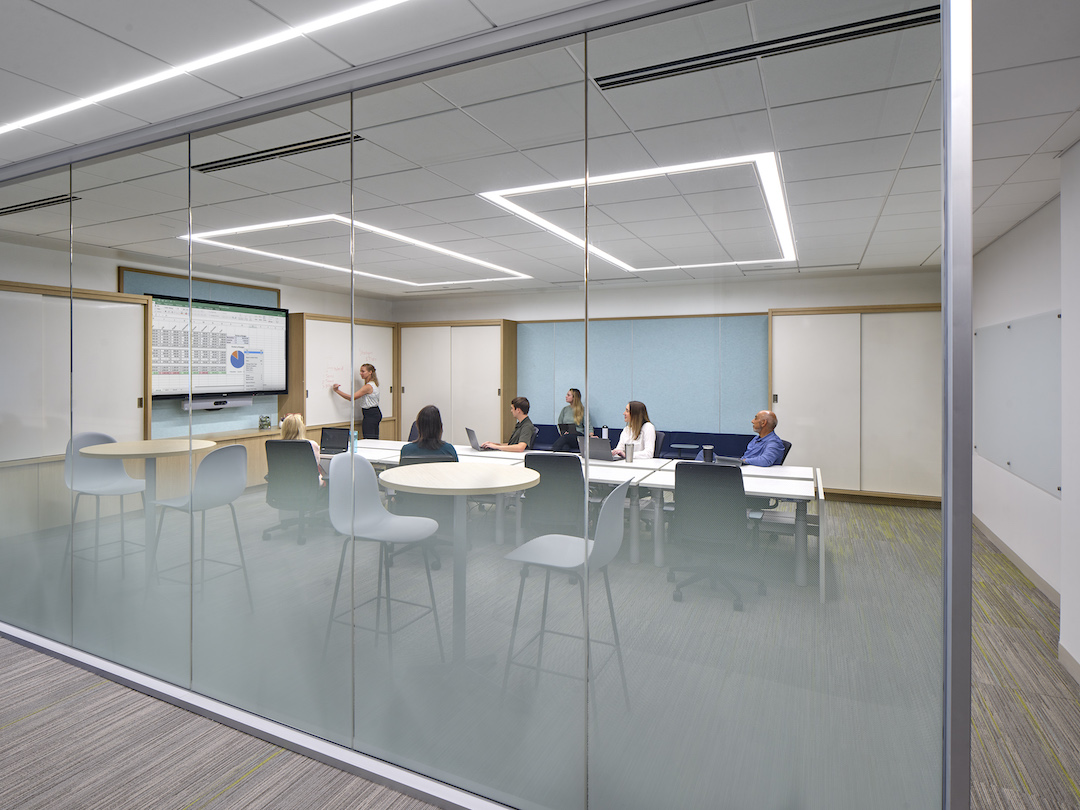
Continuous improvement relies on the ability to adapt to change. Adjustable height tables, movable furniture, writable surfaces and pin-up space maximize adaptability. Photo: © Halkin Mason Photography
In a recent Steelcase poll, employees in the U.S. ranked isolation, decreased engagement, and the speed of decision-making as the top three challenges of remote work.
Agile team spaces are essential components of the future office landscape and have the ability to ensure that teams feel supported by their work environment.
About the authors
Katherine Ahrens, LEED AP, is an Associate Principal and Interiors Studio Lead at Ballinger. Kate Hallinan, NCIDQ, is an Associate at Ballinger.
Sources
Takeuchi, Hirotaka and Ikujiro Nonaka,“The New New Product Development Game,” Harvard Business Review January 1986.
Schwaber, Ken and Jeff Sutherland. The Scrum Guide – The Definitive Guide to Scrum: The Rules of the Game. Ken Schwaber and Jeff Sutherland, 2017 at: https://scrumguides.org/docs/scrumguide/v2017/2017-Scrum-Guide-US.pdf.
Rigby, Darrell K., Jeff Sutherland, and Hirotaka Takeuchi, "Embracing Agile: How to master the process that’s transforming management," Harvard Business Review, May 2016.
Related Stories
| Jul 28, 2014
Post Tower Wins CTBUH 10-Year Award
The 10 Year Award recognizes proven value and performance in a tall building, across one or more of a wide range of criteria, over a period of 10 years since its completion.
| Jul 27, 2014
Maturing ‘plug and play’ sector could take market share from AEC Giants [2014 Giants 300 Report]
The growth of modular and containerized data center solutions may eventually hinder the growth of traditional data center construction services.
| Jul 27, 2014
Top Data Center Construction Firms [2014 Giants 300 Report]
Holder, Turner, and DPR head Building Design+Construction's 2014 ranking of the largest data center contractors and construction management firms in the U.S.
| Jul 27, 2014
Top Data Center Engineering Firms [2014 Giants 300 Report]
Fluor, Jacobs, and Syska Hennessy top Building Design+Construction's 2014 ranking of the largest data center engineering and engineering/architecture firms in the U.S.
| Jul 27, 2014
Top Data Center Architecture Firms [2014 Giants 300 Report]
Gensler, Corgan, and HDR head Building Design+Construction's 2014 ranking of the largest data center architecture and architecture/engineering firms in the U.S.
| Jul 25, 2014
Grocery stores choosing Green Globes for building sustainability certification
The Green Building Initiative (GBI) has announced a wave of Green Globes certifications for new grocery stores, including New Seasons Markets, Whole Foods, Price Chopper, Aldi’s, Harris Teeter, Wegmans, and Publix.
| Jul 24, 2014
SLATERPAULL Architects to merge with Hord Coplan Macht
The merger will create a full-service practice with offices in Baltimore, MD, Denver, CO and Alexandria, VA that offers integrated architecture, landscape architecture, interior design, planning and historic preservation services.
| Jul 24, 2014
MIT researchers explore how to make wood composite-like blocks of bamboo
The concept behind the research is to slice the stalk of bamboo grass into smaller pieces to bond together and form sturdy blocks, much like conventional wood composites.
| Jul 24, 2014
Glazing options in correctional and detention facilities
Like it or not, the number of incarcerated people in the U.S. continues to rise. With that, increased security in all aspects of these facilities continues to be a priority. This is where security glazing products that allow line of sight for supervisors to observe and still maintain secure separation can play a key role. SPONSORED CONTENT
| Jul 23, 2014
Holistic care model, regulatory changes make outpatient facilities a high priority [2014 Giants 300 Report]
With the Affordable Care Act still in its infancy, Building Teams are seeing reverberations in the investment decisions of healthcare providers, including new ideas about the types of buildings they are asked to create.




